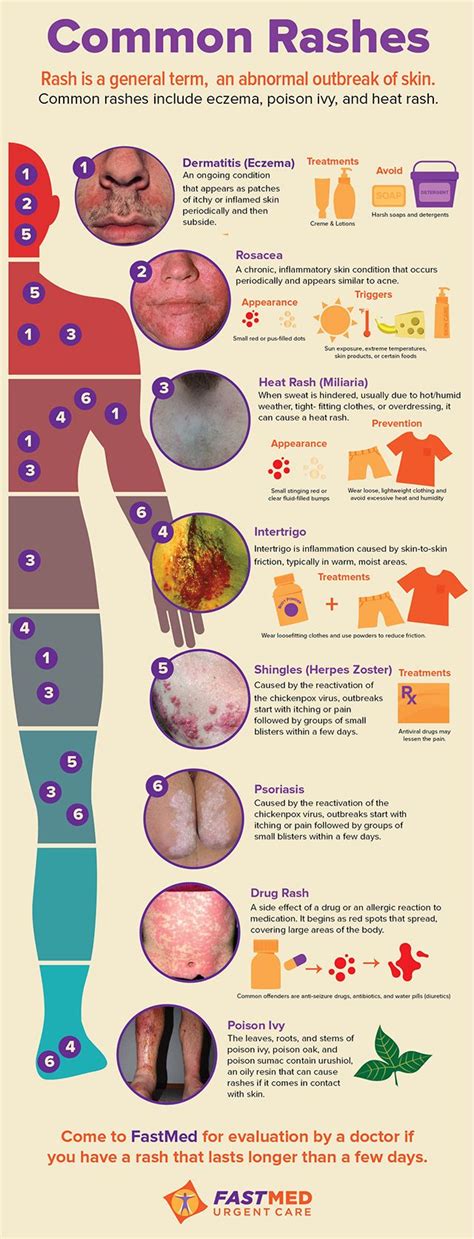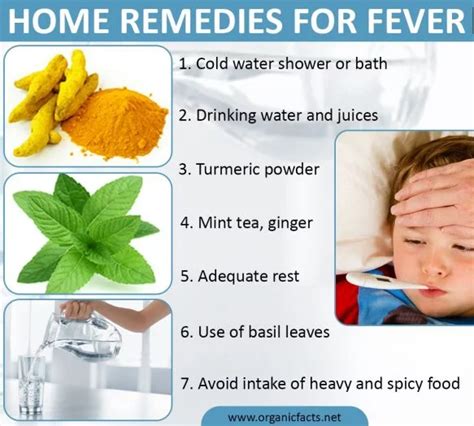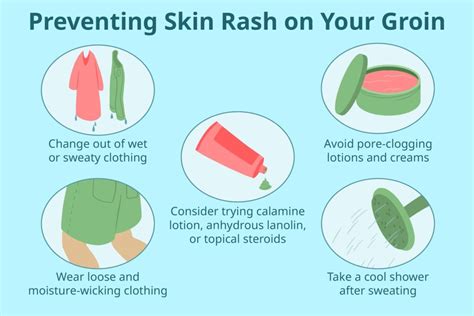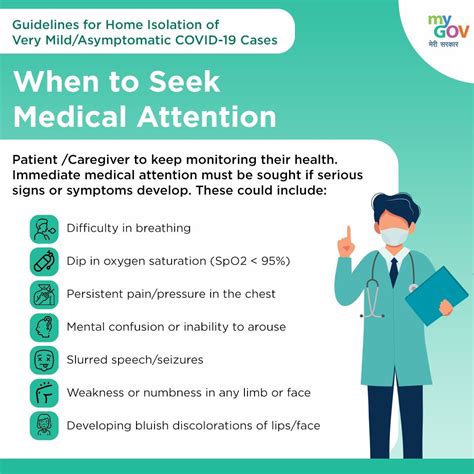Intro
Learn how to soothe rashes with natural remedies, calming skin irritations and reducing redness, using gentle treatments for eczema, acne, and allergic reactions.
Soothing rashes can be a challenging and frustrating experience, especially when the cause of the rash is unknown. Rashes can appear anywhere on the body and can be itchy, painful, and unsightly. They can be caused by a variety of factors, including allergies, skin irritations, infections, and underlying medical conditions. In this article, we will explore the different types of rashes, their causes, and most importantly, how to soothe them.
Rashes can have a significant impact on a person's quality of life, affecting not only their physical comfort but also their emotional well-being. They can be embarrassing, especially if they appear on visible areas of the body, and can make everyday activities such as sleeping, dressing, and socializing uncomfortable. Therefore, it is essential to understand how to identify, treat, and prevent rashes.
The importance of soothing rashes cannot be overstated. When left untreated, rashes can lead to further complications, such as infection, scarring, and prolonged healing times. Moreover, rashes can be a symptom of an underlying condition that requires medical attention. By learning how to soothe rashes, individuals can take the first step towards managing their symptoms, promoting healing, and preventing future occurrences.
Understanding Rashes

To effectively soothe rashes, it is crucial to understand the different types of rashes and their causes. There are several types of rashes, including contact dermatitis, eczema, psoriasis, and heat rash. Each type of rash has distinct characteristics and requires specific treatment approaches. Contact dermatitis, for example, is a common type of rash that occurs when the skin comes into contact with an allergen or irritant. Eczema, on the other hand, is a chronic condition that causes the skin to become inflamed, itchy, and dry.
Types of Rashes
There are several types of rashes, each with its unique characteristics and causes. Some of the most common types of rashes include: * Contact dermatitis: a rash that occurs when the skin comes into contact with an allergen or irritant * Eczema: a chronic condition that causes the skin to become inflamed, itchy, and dry * Psoriasis: a chronic condition that causes the skin to become scaly, red, and inflamed * Heat rash: a rash that occurs when the skin is exposed to high temperatures and humiditySoothing Rashes

Soothing rashes requires a multi-faceted approach that involves identifying and avoiding triggers, using topical treatments, and practicing good skin care habits. The first step in soothing rashes is to identify and avoid triggers. This can involve avoiding certain foods, substances, or environmental factors that may be causing the rash. Topical treatments, such as creams, ointments, and gels, can also be effective in soothing rashes. These treatments can help to reduce inflammation, itching, and dryness, and can promote healing.
Topical Treatments
Topical treatments are an essential part of soothing rashes. Some of the most effective topical treatments include: * Hydrocortisone cream: a mild steroid cream that can help to reduce inflammation and itching * Calamine lotion: a topical treatment that can help to soothe itchy and inflamed skin * Aloe vera gel: a natural treatment that can help to soothe and calm the skin * Coconut oil: a natural moisturizer that can help to hydrate and protect the skinHome Remedies

In addition to topical treatments, there are several home remedies that can help to soothe rashes. These remedies can be used in conjunction with topical treatments to provide additional relief and promote healing. Some of the most effective home remedies include:
- Oatmeal baths: oatmeal has anti-inflammatory and soothing properties that can help to calm itchy and inflamed skin
- Cold compresses: cold compresses can help to reduce inflammation and itching
- Baking soda: baking soda can help to neutralize skin pH and reduce itching and inflammation
- Tea tree oil: tea tree oil has antimicrobial properties that can help to prevent infection and promote healing
Natural Remedies
Natural remedies can be an effective way to soothe rashes without the use of harsh chemicals or medications. Some of the most effective natural remedies include: * Aloe vera: aloe vera has anti-inflammatory and soothing properties that can help to calm itchy and inflamed skin * Coconut oil: coconut oil is a natural moisturizer that can help to hydrate and protect the skin * Tea tree oil: tea tree oil has antimicrobial properties that can help to prevent infection and promote healing * Olive oil: olive oil is a natural moisturizer that can help to hydrate and protect the skinPreventing Rashes

Preventing rashes is an essential part of managing symptoms and promoting healing. There are several steps that can be taken to prevent rashes, including:
- Avoiding triggers: avoiding certain foods, substances, or environmental factors that may be causing the rash
- Practicing good skin care habits: keeping the skin clean and moisturized can help to prevent rashes
- Wearing protective clothing: wearing protective clothing such as gloves and long sleeves can help to prevent skin irritation
- Using gentle skin care products: using gentle skin care products that are free from harsh chemicals and fragrances can help to prevent skin irritation
Good Skin Care Habits
Good skin care habits are essential for preventing rashes and promoting healing. Some of the most effective skin care habits include: * Keeping the skin clean: keeping the skin clean can help to prevent infection and promote healing * Moisturizing the skin: moisturizing the skin can help to hydrate and protect the skin * Avoiding harsh skin care products: avoiding harsh skin care products that contain chemicals and fragrances can help to prevent skin irritation * Getting enough sleep: getting enough sleep can help to promote healing and reduce stressWhen to Seek Medical Attention

While most rashes can be treated with topical treatments and home remedies, there are times when medical attention is necessary. If a rash is severe, widespread, or persistent, it is essential to seek medical attention. Additionally, if a rash is accompanied by other symptoms such as fever, swelling, or difficulty breathing, medical attention is necessary.
Severe Rashes
Severe rashes can be a sign of a underlying medical condition that requires immediate attention. Some of the most common symptoms of severe rashes include: * Severe itching or burning * Widespread rash * Swelling or blistering * Fever or chills * Difficulty breathingWhat are the most common causes of rashes?
+The most common causes of rashes include allergies, skin irritations, infections, and underlying medical conditions.
How can I prevent rashes?
+To prevent rashes, avoid triggers, practice good skin care habits, wear protective clothing, and use gentle skin care products.
When should I seek medical attention for a rash?
+Seek medical attention if a rash is severe, widespread, or persistent, or if it is accompanied by other symptoms such as fever, swelling, or difficulty breathing.
In conclusion, soothing rashes requires a comprehensive approach that involves identifying and avoiding triggers, using topical treatments, practicing good skin care habits, and seeking medical attention when necessary. By understanding the different types of rashes, their causes, and treatment options, individuals can take the first step towards managing their symptoms and promoting healing. We encourage readers to share their experiences and tips for soothing rashes in the comments below, and to share this article with others who may be struggling with rashes. By working together, we can promote skin health and well-being, and help to reduce the impact of rashes on daily life.
